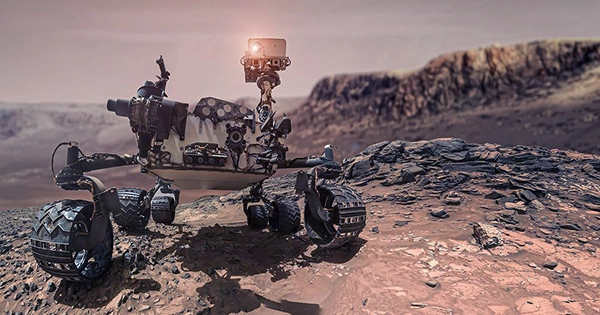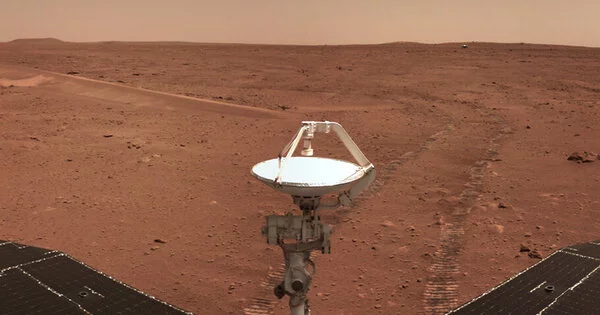NASA recently declared that it has successfully created oxygen for the first time on Mars. The Mars Oxygen In-Situ Resource Utilization Project (MOXIE) has successfully produced oxygen seven times under various settings, including day and night and over two Martian seasons, according to detailed results from the experiment.
The experiment was able to release 6 grams (0.2 ounces) of oxygen each hour, or around the rate of a tiny tree on Earth, according to an article in Science Advances. This may seem unassuming, but it proved that technology is capable of finishing the challenging task at hand.
According to MOXIE deputy principal investigator Jeffrey Hoffman of the Massachusetts Institute of Technology, “this is the first demonstration of actually using resources on the surface of another planetary body, and transforming them chemically into something that would be useful for a human mission.” “In that regard, it is historic.

On Perseverance, MOXIE is just one of several instruments, therefore it can’t operate continuously as a full-scale version would. It takes a long time to warm up before starting to work. Air on Mars is filtered first, then pressed. The Solid Oxide Electrolyzer (SOXE), which separates the air into oxygen and carbon monoxide, is then used to process the air. An hour is spent on this procedure.
Hoffman stated that “Mars’ atmosphere is significantly more changeable than Earth’s.” “Throughout the year, the temperature can vary by 100 degrees and the air density can vary by a factor of two. One goal is to demonstrate that we can run year-round.
It has been demonstrated that MOXIE can successfully produce oxygen in restricted environments, in the fall and winter, as well as at various times of the day and night. The team plans to put it to the test in the spring when the weather is more unpredictable.
Michael Hecht, the MOXIE mission’s main investigator at MIT’s Haystack Observatory, continued, “The only thing we haven’t proved is running at dawn or dusk when the temperature is changing significantly. We have a trick up the sleeves that will enable us to do that, and after we test it in the lab, we can accomplish that last goal to demonstrate that we can actually run at any time.
The objective is to generate enough oxygen to feed multiple astronauts as well as to provide fuel for the Mars Ascent Vehicle, which will return the humans to orbit and subsequently return them to Earth.
A scaled-up MOXIE would be able to supply a crew of six arriving 26 months later with 2 to 3 kilograms (4.5 to 6.5 pounds) of oxygen per hour. A very plausible scenario demonstrating the viability of this strategy.
Hoffman added, “We have to transport a lot of stuff from Earth, like computers, spacesuits, and housing, to enable a human voyage to Mars. But that stupid oxygen? Go for it if you can get there; you’ll be much ahead of the game.
The group is eager to test MOXIE in the spring. They intend to test the device to the limit in denser air to determine how much oxygen it can generate.















